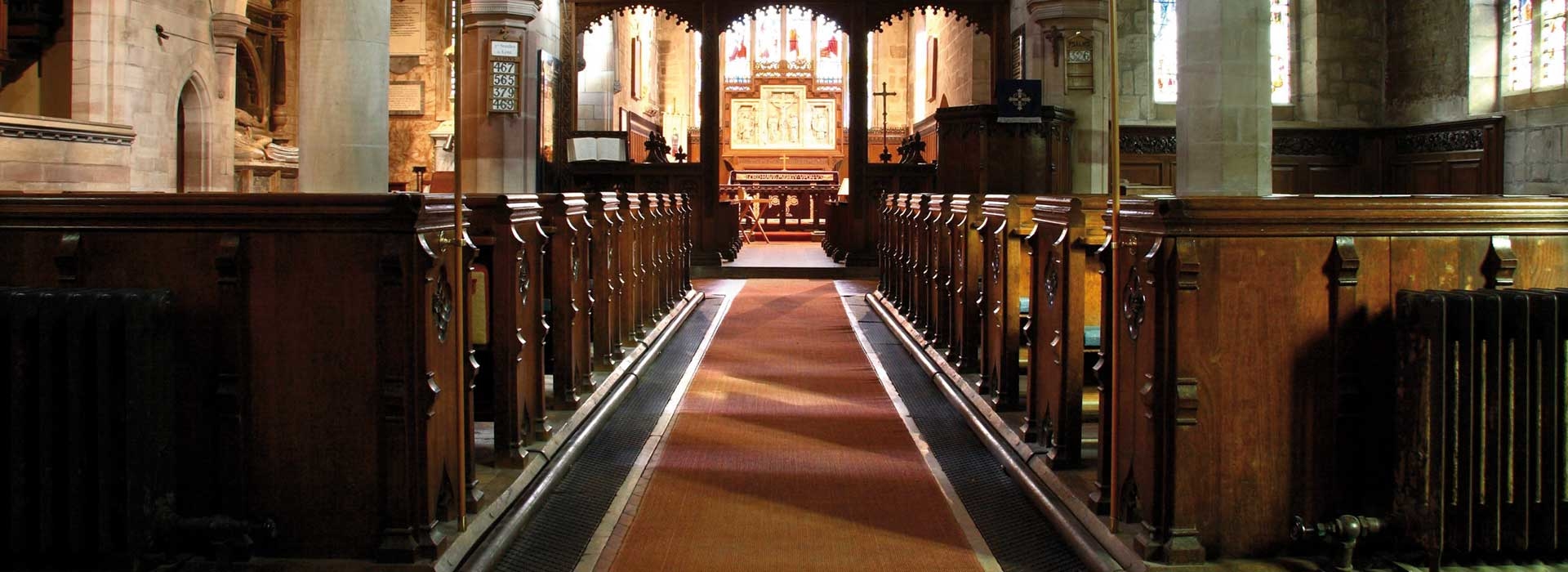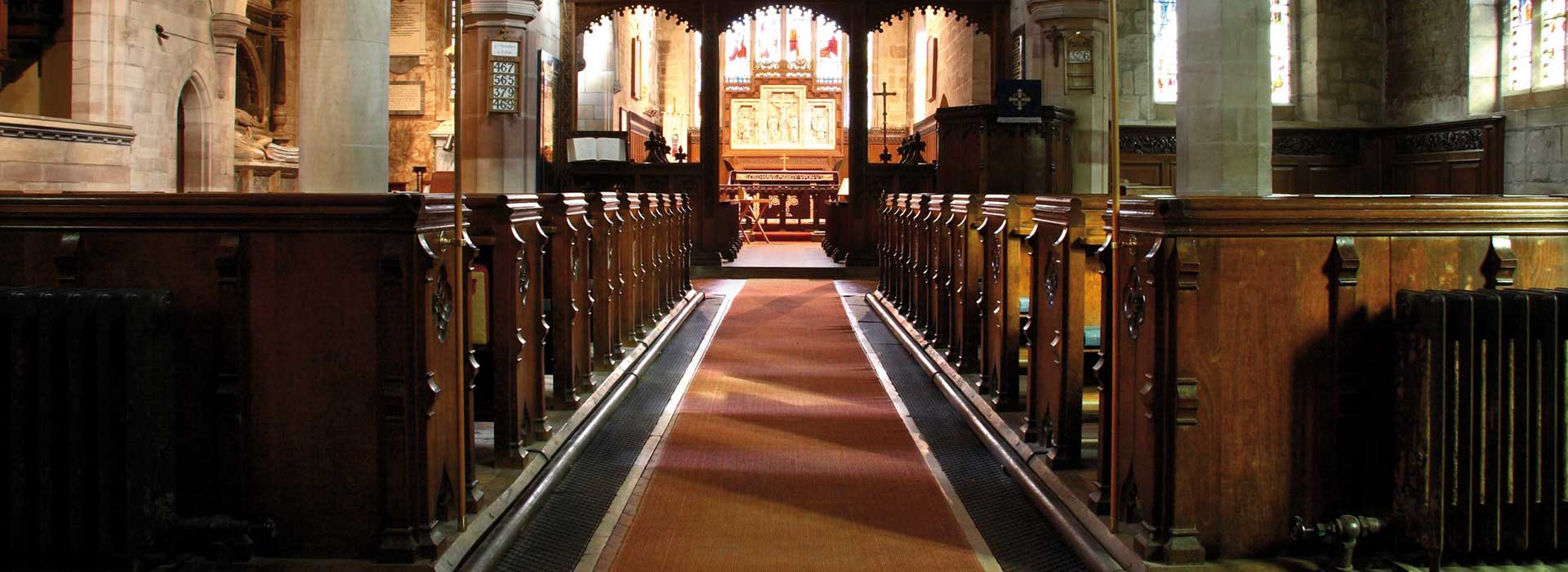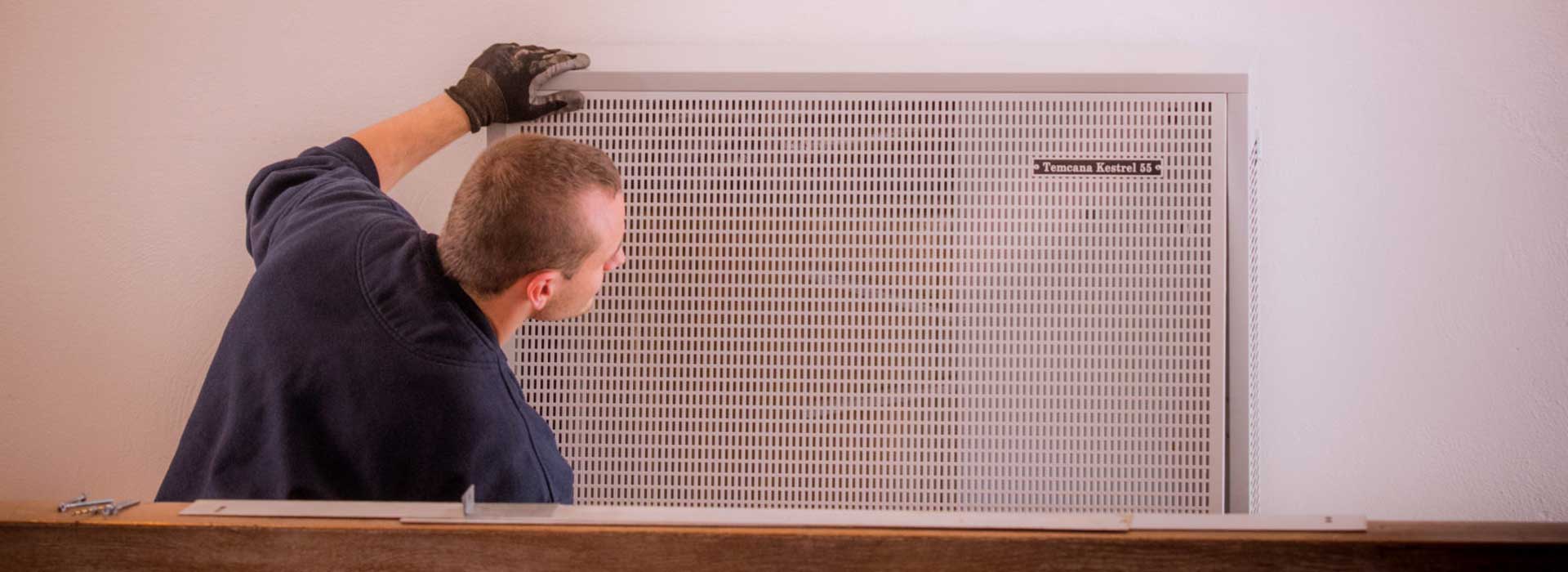The balance between comfort and energy efficiency is a delicate one and can easily be upset, especially when heating large spaces such as churches, school classrooms/assembly halls, sports halls, military barracks, local authority premises and other public buildings.
There are, of course, no universal space heating solutions, but if the application requires intermittent heat then powered flue fan-assisted gas heaters are an excellent option because they have no pilot light (which can burn 50-55 per cent of the total gas for no return).
Powered flue fan-assisted gas heaters feature closed combustion with added forced air assistance. One benefit of closed combustion is that it saves fuel by preventing the heater from taking air that has already been heated for combustion. Optimum efficiency is achieved through the fan control, which ensures sufficient air for combustion is drawn in from outside the building and exhaust gases are expelled. Thus, they are able to heat large workspaces rapidly, effectively and evenly.
Powered flue gas heaters provide greater efficiency, reduced energy consumption and lower maintenance costs when compared with other types of gas heaters. Our own Kestrel and K series room-sealed powered flue gas heaters, for example, achieve up to 93.9 per cent heating efficiency and are available in a variety of sizes for versatile siting in a wide range of applications.
Unlike most gas heaters, which burn oxygen from the room, powered flue fan-assisted heaters do not take air from the interior to support combustion so they provide long-lasting, efficient and comfortable heating without reducing room air quality. This stops the room from becoming stuffy and improves the concentration of its occupants, particularly important in locations such as school classrooms where the children must keep clear heads in order to learn effectively. Good indoor air quality also helps prevent health problems such as asthma, rhinitis etc.
The heaters typically have an integral thermostat with all the controls contained inside a lockable compartment. However, for maximum flexibility they can also be interconnected with clock control or switching to provide zoned heating. For example, a church may require just the Lady Chapel to be heated for midweek services whereas, on Sundays, the whole church would need to be heated. The control available on powered flue gas heaters allows this sort of flexibility. The largest number of heaters my own company has linked is 19, but there is theoretically no limit on the number of units that can be connected together.
They can, if required, be supplied with safety guards and can usually be configured for natural gas or propane. And extended flue options mean they can be located in many locations that are inaccessible for ordinary gas heaters.
Indeed, the heaters can be used in a variety of commercial and domestic applications and can be installed on their own or centrally time controlled. They are compatible with either natural gas or LPG, which means that they can be installed in almost any location, however remote.
The physical changes required in a building in order to install the heating system are significantly reduced with a powered flue fan-assisted gas heater. Unlike competing systems such as underfloor heating, fan assisted heaters cause minimal disruption and are therefore particularly cost-effective in terms of both installation and maintenance.
Selecting the right technology and installing it effectively is the focus of a guidance note from the Church of England, which explains how to choose the right heating system. The guidance is, of course, particularly focused on heating ecclesiastical buildings, but the principles it advocates can be applied universally. It offers one especially helpful guiding principle in terms of energy efficiency – focus on warming the people rather than the building.
The guide recommends an eight step approach to installing a church heating system as follows:
- Evaluate the current situation
- Define the needs and resources
- Consult the experts
- Select the energy source
- Design the heating system
- Assess the impact
- Consult and gain approval
- Implement and monitor
It highlights the fact that gas-fired heaters offer rapid warm-up times for occasional use and they tend to be easy to install and maintain.
Powered flue fan-assisted heaters – the benefits in a nutshell
- Balanced flue convector heaters with pilot lights achieve 70-80 per cent heating efficiency depending on the movement of air. If the atmosphere changes, their efficiency can fall dramatically so, in cool/windy conditions, these heaters are even less effective. Powered flue fan-assisted heaters are far more efficient. Some of our own units, for example, provide 93.9 per cent heating efficiency
- With powered flue fan-assisted heaters, a fixed amount of air is drawn into the heater so they use less fuel to provide the same amount of heat
- Direct-fired heaters are often promoted as achieving 100 per cent combustion efficiency. However, they are noisy and expel acids and carbon monoxide which can have a damaging effect on the fabric of the building
- Unlike boiler systems which may need to be switched on a long time in advance to provide effective heating, gas-fired heaters – particularly powered flue models – heat up within minutes and in a properly heat-lossed installation can achieve working temperature soon thereafter.
To discuss your heating requirements, call our heating advice team on 01444 415 871 or complete our enquiry form.




